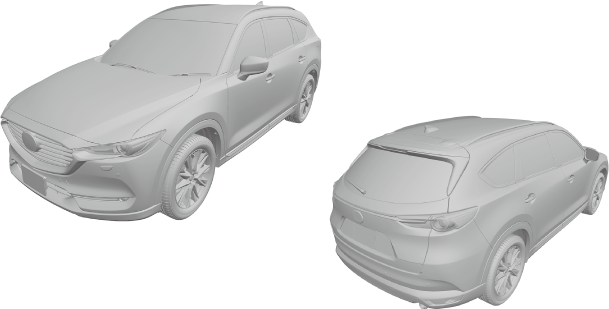 |
ac8wzn00000418
AIM OF DEVELOPMENT
id000000011500
Vehicle Outline
Exterior design
ac8wzn00000418
|
Interior design
ac8wzn00000419
|
Engine
Suspension
ac8wzn00000238
|
2WD
ac8wzn00000242
|
4WD
ac8wzn00000243
|
Driveline/Axle
Brakes
Vehicle front side (L.H.D.)
ac8wzn00001107
|
Vehicle front side (R.H.D.)
ac8wzn00000294
|
Vehicle rear side
ac8wzn00000295
|
Vehicle front side (L.H.D.)
ac5wzn00004008
|
Vehicle front side (R.H.D.)
ac8wzn00001156
|
Vehicle rear side
ac8wzn00000314
|
Transmission/Transaxle
am3uun00002419
|
ac5jjn00001299
|
Steering
(L.H.D.)
ac8wzn00001111
|
(R.H.D.)
ac8wzn00000955
|
Safety
Driver's support